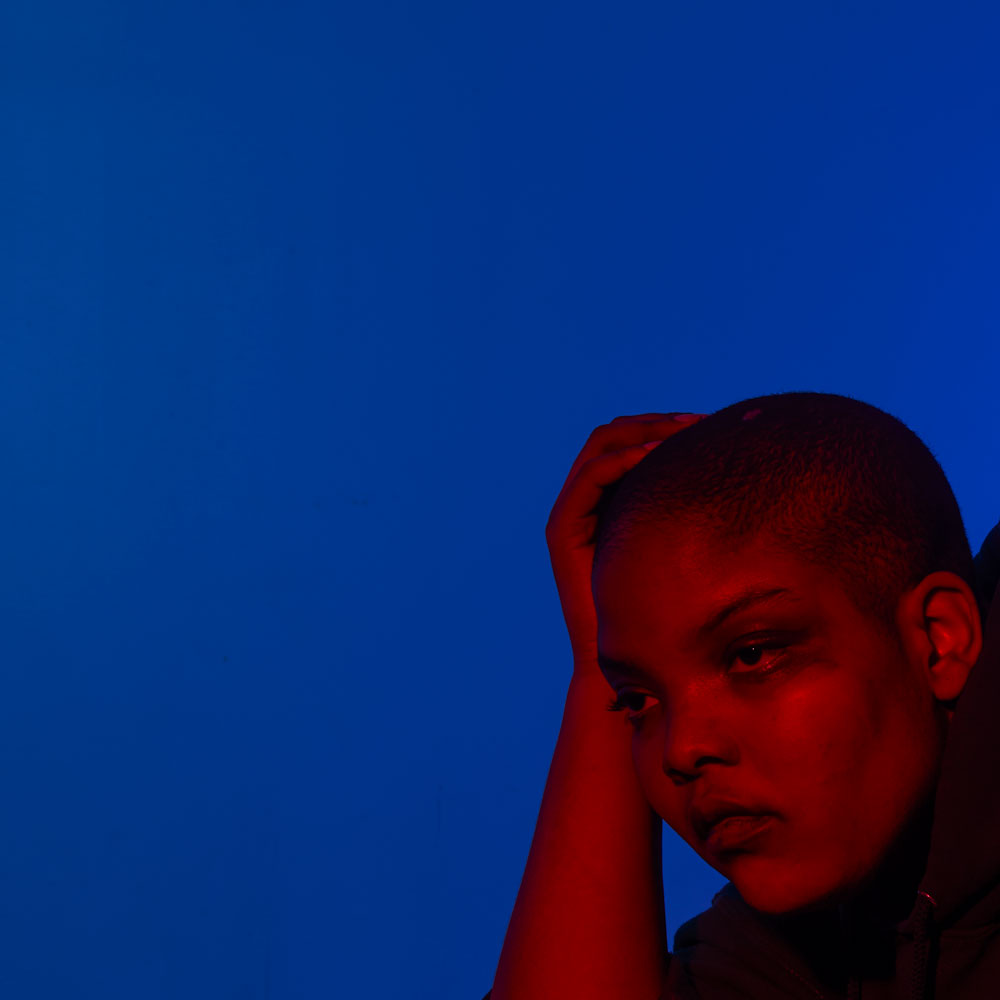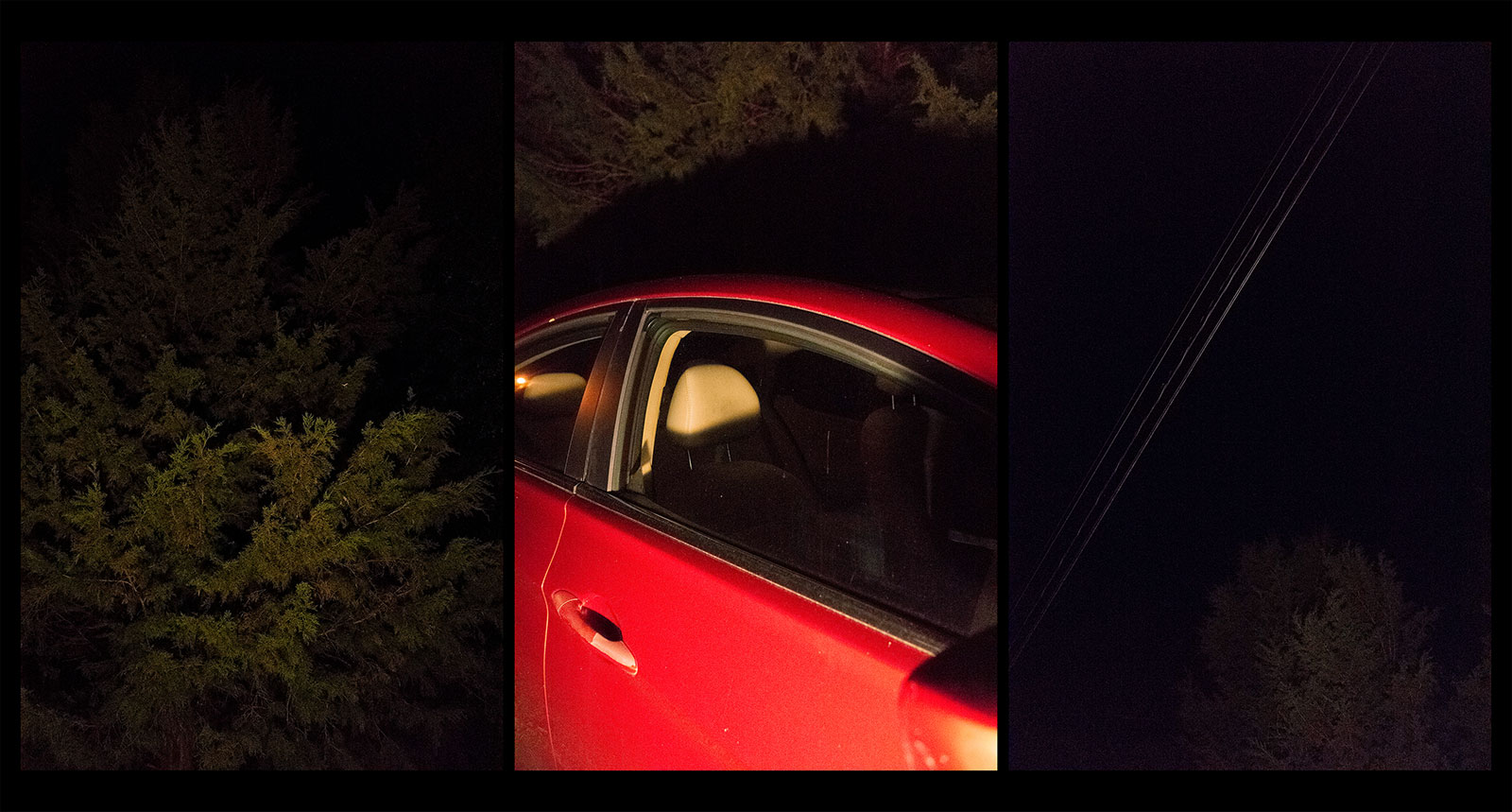Inside Anna King’s Photos of Pleasure and Tedium
Inside Anna King’s Photos of Pleasure and Tedium
“My visual language is a little chaotic, human.” The photographer revels in wild, disorienting photos that turn the everyday into magic.
It’s just that watching people do everyday things is really interesting, Anna King says. They are reenacting this YouTube video of a woman refilling jars with food in the pantry of some rural house. “This is how I store all of my food,” Anna says waving over an invisible arrangement of dry goods, and then laughs for thinking this is so mesmerizing. They can’t help but watch people go about their routine, they tell me, especially when it comes to their body language. They stop for a beat to think, and then they blurt out: “I’m nosy!”
Anna, a photographer of spontaneous romps and subtle details, is tucked in a hoodie and talking with me over Zoom from their aunt’s house, pouncing on openings to laugh and muse about pretty much anything. They tell me they love watching these personal vlogs and all kinds of TV. Even when they’re watching a bad movie, there may be just one scene or one note in the background music that wins them over and it becomes an obsession, a clip they have to keep listening to.
Anna works instinctively, prying open new possibilities as they go and quickly scrapping photos or entire projects that feel stale. “I need to do something different, or I’ll just get stuck in the same box that I’ve been living in,” they say.
Their use of light, playful and unstaged, floods images with a casual and immediate sincerity. Much like Nan Goldin and Ryan McGinley, they champion a gritty photography style, and their pictures pack profound and raw emotional power. Even the party photos, the most buoyant of their work, are tempered with a pensive undertone that’s not obvious at first, but that everyone can relate to. While you are distracted by the sparkling jokes and loose framing, they are quietly reaching for the deep nooks of your psyche. One snapshot shows a party girl standing in a kitchen thinking, another shows friends bursting with blitzed exuberance. Anna is of and near the life of the party, an observer, documentarian, appreciator of everything. They’re letting you in on the fun of it all, pushing the line between liveliness and disorientation.
In two other series, developed in tandem, Anna captures details from friends’ closets and eerie scenes from home in Alabama, creating a constellation of vignettes that are refreshingly direct and span a wide range of emotions.
In their photos, as in life, they are working to defy expectations. They sneak out of all of the boxes that people want to trap them in: the queer photographer, the Black photographer, the Southern photographer. As they make more photos in the coming years, it will be interesting to see what critics and peers fixate on and how that empowers Anna to keep making the pictures they want to see in the world.
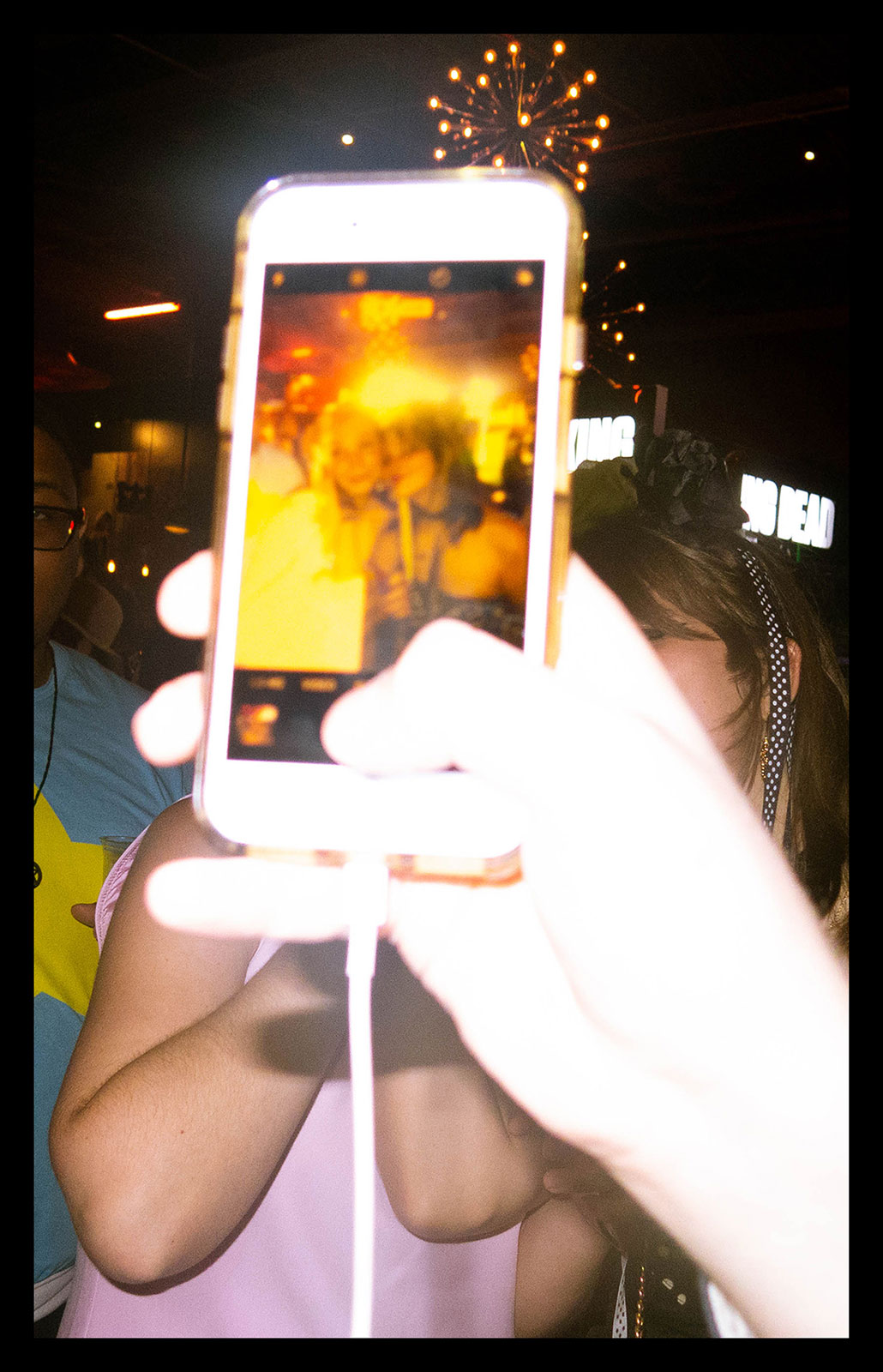
The Daring: In what ways does being from Alabama influence your work?
Anna King: I grew up in Opelika. Then in Auburn, Salem a little bit, and then back to Auburn. I’ve been around the whole area of Lee County in Alabama. That’s my resting grounds. My family history in Alabama goes back to slavery. And growing up there, you can’t run away from history because they’re constantly trying to teach kids, “Hey, we messed up, now we’re learning to be a better country and state.” But they’re not really learning to be better. So it’s a weird experience.
People are curious about my life in Alabama, but they don’t realize that my life didn’t begin until I left Alabama. People expect me, as a Black queer artist, to make Black queer work. To trigger-porn them with how terrible life was in Alabama or how terrible it was being gay in the South. And I don’t want to make work just because people think it will sell well or because it’s what people think I should be making.
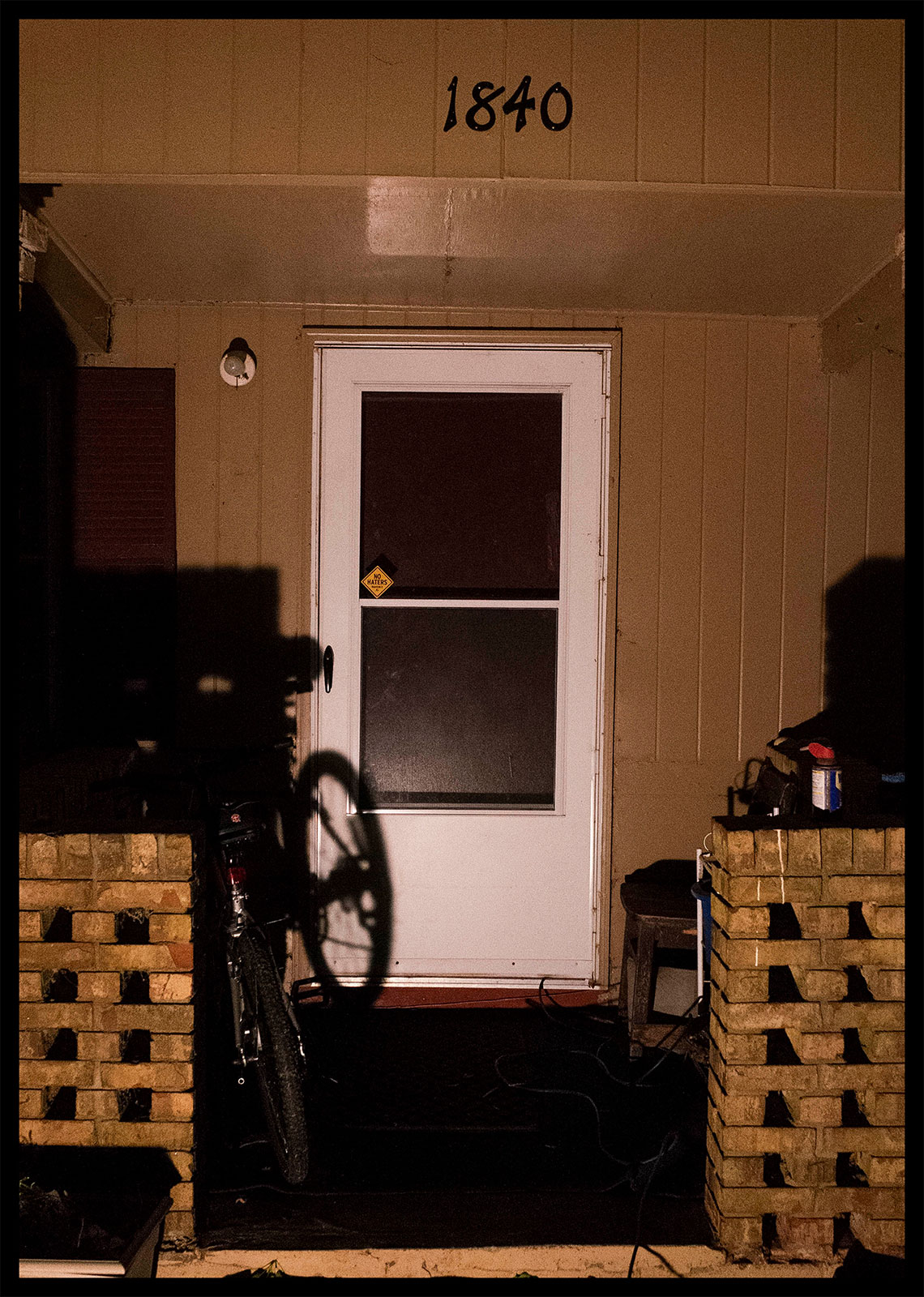
TD: There’s a sense of motion running through your photos, and you’ve said that TV and movies have influenced you greatly. How so?
AK: My mom didn’t put a limit on what I could watch. She gave me the remote and said, “Here, don’t watch anything bad.” That’s how it went.
I like movies with the wackiest characters, the ones who don’t worry about fitting into society even though they’re expected to. Austin Powers is just trying to live a groovy life. And Captain Jack’s just looking for the rum. How are they surviving? They have some weird sense of luck that gets them through whatever situation. It’s like Looney Tunes and Adult Swim. There’s no real limit to what’s going on because there’s no need to have a limit. I love how they express stuff. It’s fearless.
So, when I take pictures, I just ride out what happens. I look at the first few photos, and if they’re really bad, I’m like, I’m overthinking this. Then, I either stop the project or switch to something else for a moment. Why am I thinking so hard about making the perfect piece when my favorite cartoon, Robot Chicken, is nothing perfect? Perfection’s a weird thing to think it exists at all.
Movies give me that shiver, where I can fully relate to what’s happening in a scene. The Lighthouse, that whole movie confused me. But the soundtrack is so lively and eerie that I feel like I’m in the movie walking on the wooden steps as I listen to it. And I actually look behind me because I get a little bit scared. I love that this soundtrack can still make me feel paranoid and confused, just like I felt when watching the movie. I listened to it when I was making photos for Haunted Alabama.
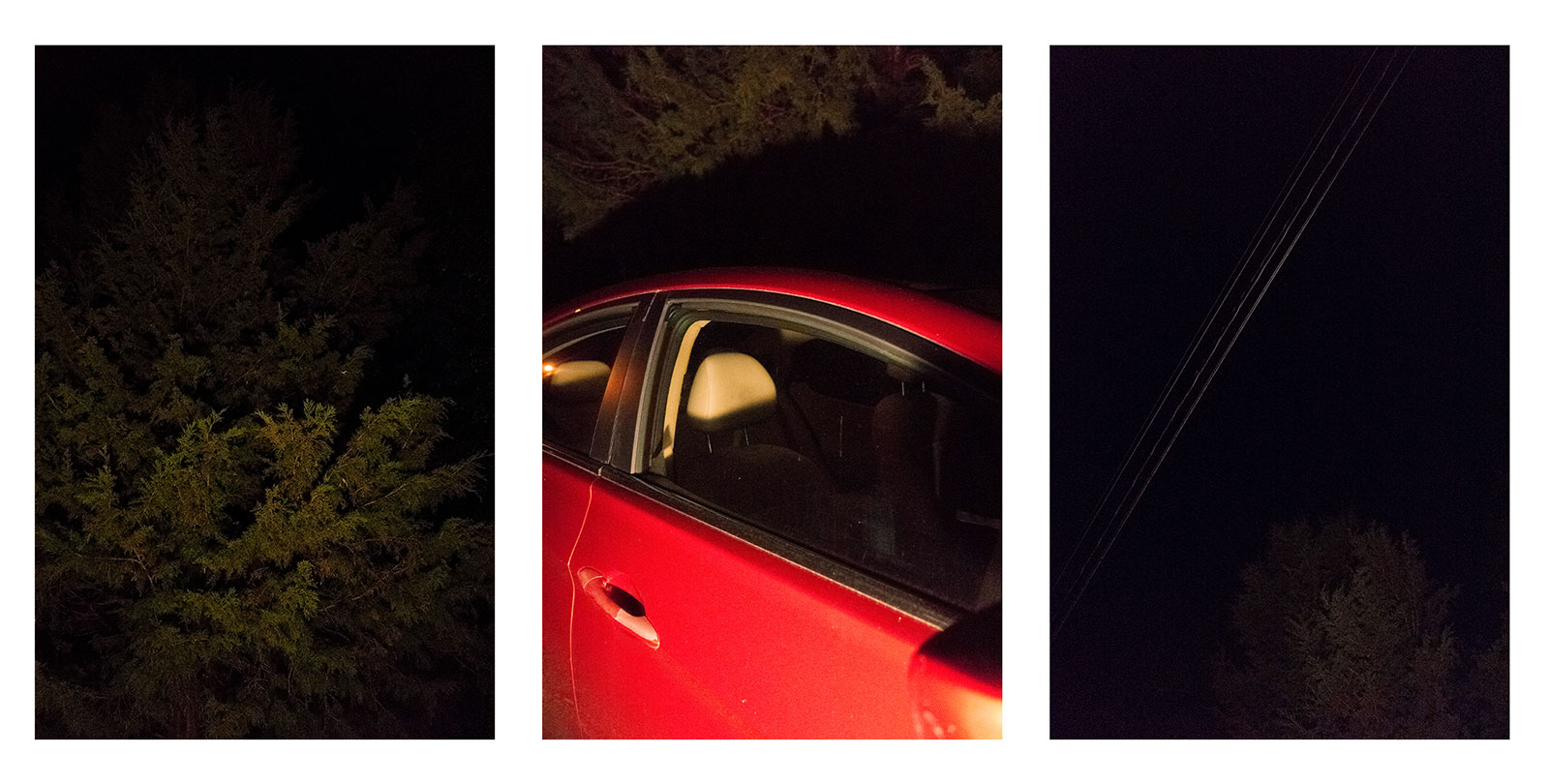
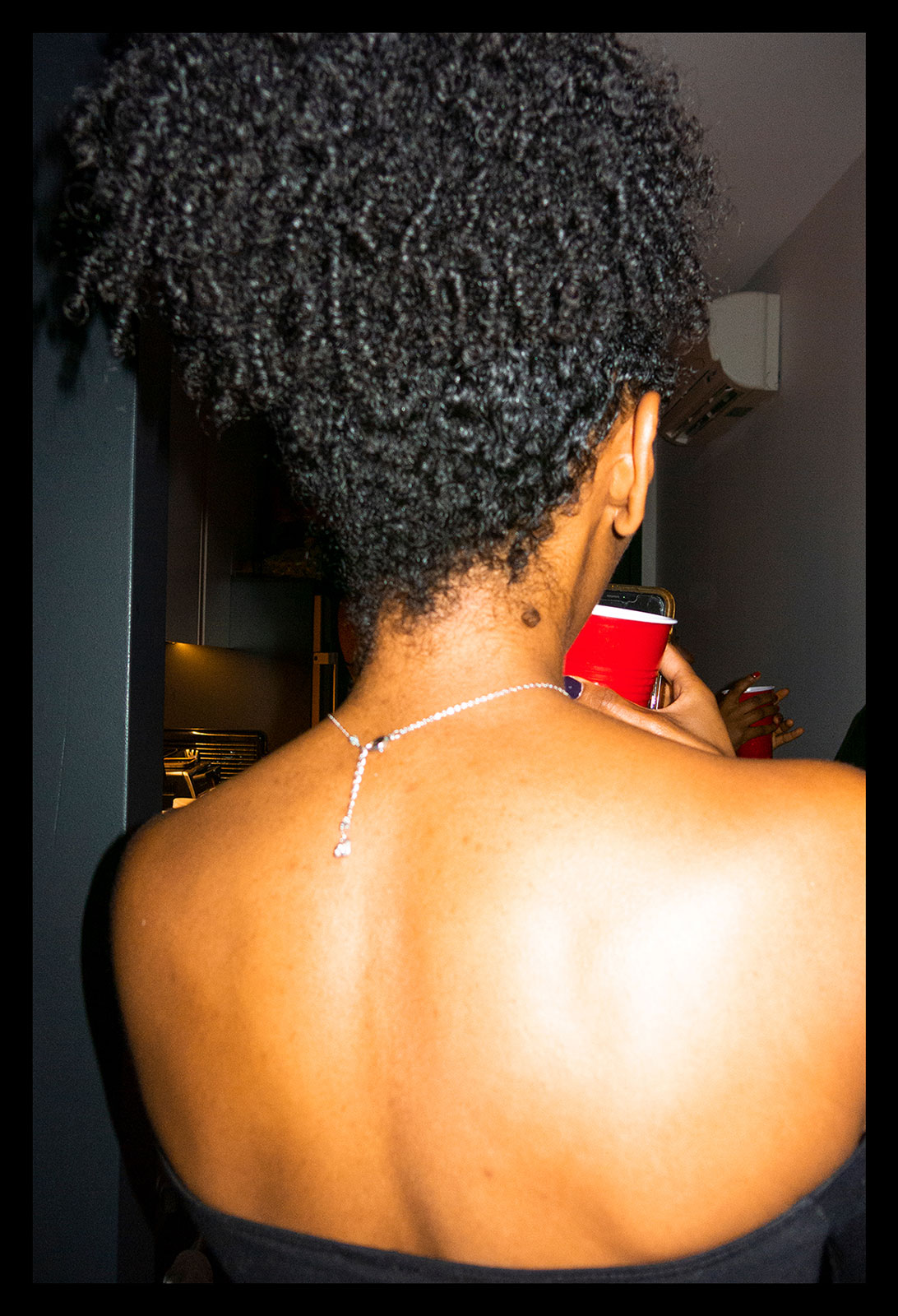
TD: What compels you to photograph your friends?
AK: I love the YouTube vlog vibe, where people talk about their nightly routine or a week in their lives. I can’t help but sit down and watch because it’s interesting to see how other people live. There’s nothing really special about watching how people store their food, but it’s interesting to see a perspective on life that isn’t my perspective. I’m also nosy. My grandmother’s nosy, my mom’s a little bit nosy, we’re all nosy people. So, watching people react to an environment is just me being nosy, but with a good excuse.
TD: Looking at your party pictures, thinking of Nan Goldin is inevitable. Do you draw inspiration from her?
AK: Nan Goldin definitely inspires the point and shoot esthetic. My visual language is a little chaotic. It’s human. Part of the editing process and postproduction is when I make pictures look cohesive. I don’t fret about it at the moment.
I always hope for a jackass moment or a crazy night, and I’m the only one with the photo of it. When I’m watching parties, it’s not me trying to spy on other people and live vicariously through them. It’s me just seeing how they react to other people. I’m like, Okay, now I’m seeing it in real life, this is how people are having fun.This is how people are just being excited. Or maybe people are drinking one more thing than the other. And it’s just my own weird and IRL YouTube vlog, but I’m actually in the vlog at this point. And I don’t mind standing out. I’m a person who stands out anyway, which is weird. I don’t really hide in the shadows that well, because I can’t ever shut up.
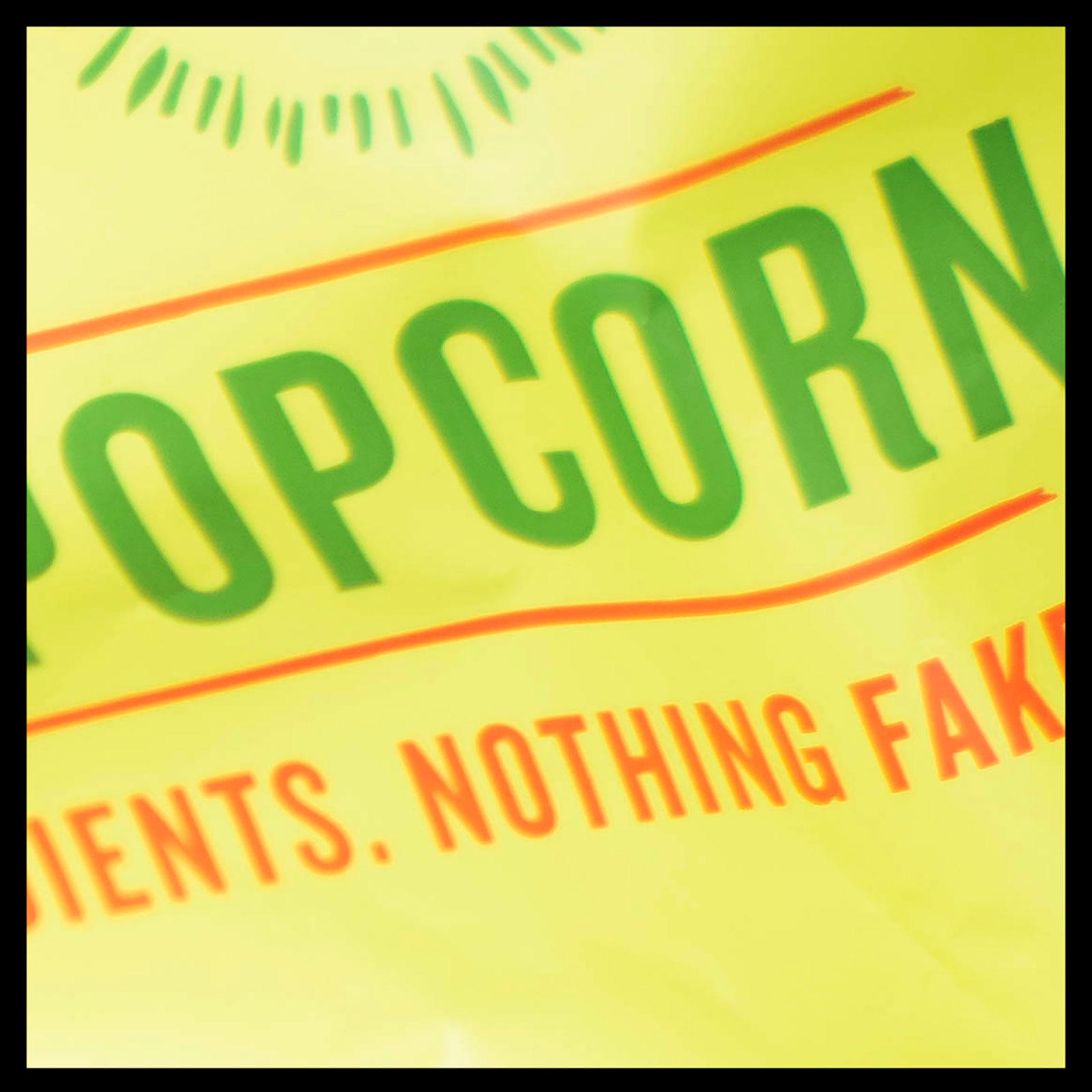
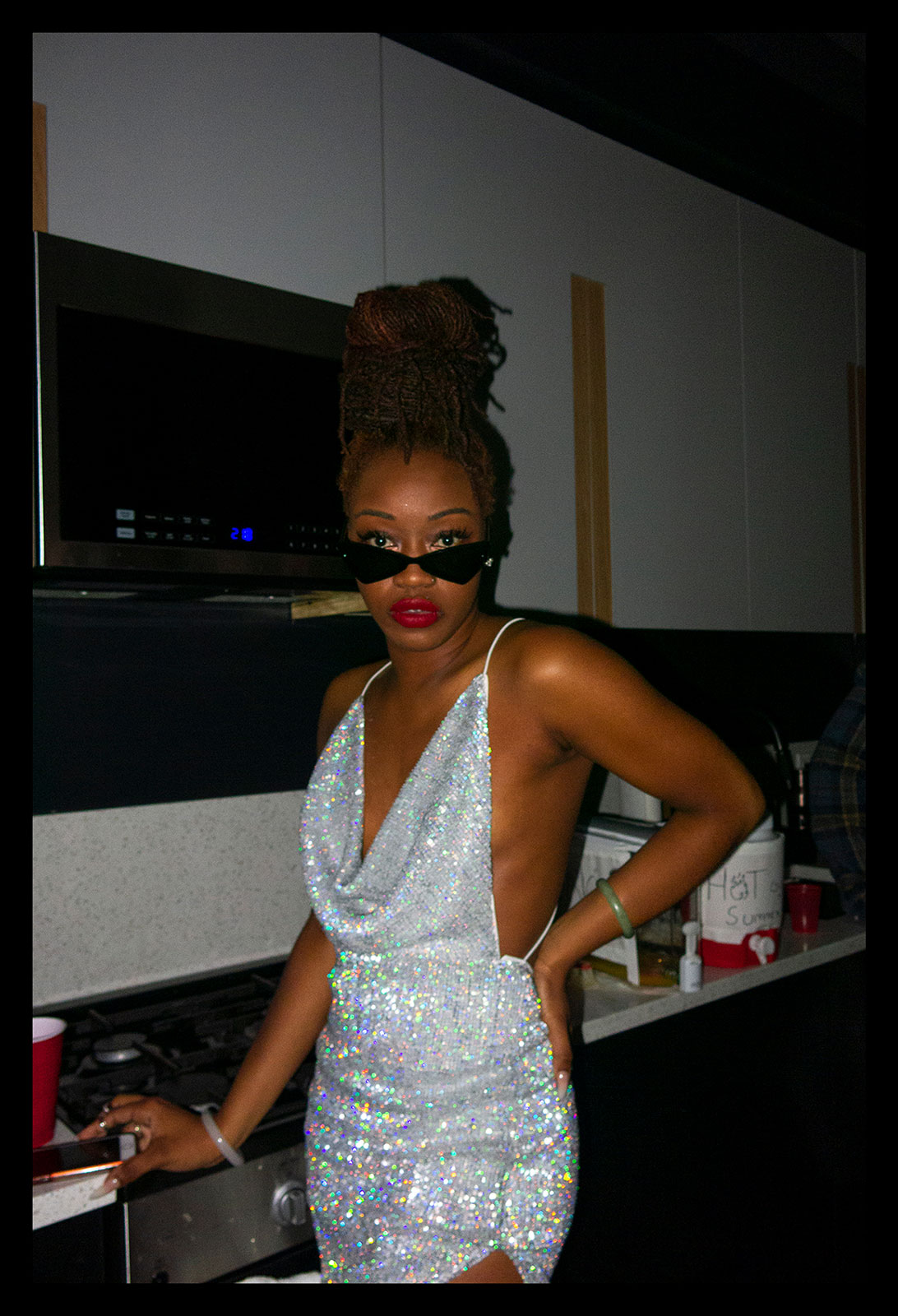
TD: Do you have “rules” for how you photograph people?
AK: So, with people I know, I randomly jump up and take photos. It’s not a secret spy mission. I announce my presence. And usually, people just see the flash, and then I’m already gone. I somehow end up in the kitchen when they’re out on the balcony — that quickly. I show them the photo later, and they tell me if they don’t want me to use it. I ask for forgiveness later.
I don’t take photos of people at parties if I don’t know many of them. No, thank you. But if the environment’s nice and people are open, I can tell they’re not going to care if I take a photo of them, and I do it. Their reaction to that first photo determines how I take photos for the rest of the night. If no one cares, I keep going. So, I’m very aware of not being one of those invasive party photographers. I look at body language. I look for people who are smiling and look like they’re having fun. If they’re having fun, they’re going to want to remember it.
I don’t photograph people stumbling around because they won’t know if they want their photo taken. Or some people are obviously in their friend group, standing in a closed circle. They’re having a friend group conversation, and they don’t want anyone else in. If the circle’s half-open, I assume they’re open to talking to me.
Some people are looking down on their phone, so they probably don’t want their photo taken. Maybe they’re looking for an Uber or figuring out what food to have that night or if they should leave or stay. They’re busy even though it’s a party, so I let them have their thing until they put their phone away. I don’t want to stop them because they might forget what they were doing.
TD: Where do you want your work to take you?
AK: I want to make something from my view that also makes sense to other people. I want to revive the idea that not everything has to be a carbon copy of what’s on-trend. We’re in this mindset that everything needs to “look good” and sell well. It’s more about the quantity instead of the quality of the product. And so, for me, I want to make something of quality that isn’t your run-of-the-mill idea.
TD: What is this cultural obsession with likability? Do you find yourself deliberately working against likability when you create?
AK: Trying to appease is boring. People need to be shocked out of what’s expected of them. In the South, people expect you to have long hair and get married. So, I moved to New York to have fun and do art, and I shaved my head. You know, I don’t want to follow what everyone else is doing. I want to be true to myself.
So, I don’t make work to please other people. Some artists give up making work because people don’t like it. Others make work to appease people so they can get their careers going. I’m questioning, “What are you making? Are you making this because you think it’s the most popular thing, or are you making it because you want to make it?”
It took me a long time to get to this place of realizing that I don’t have to appease other people. So every time someone looks at my work and says, “You need to do this,” I say, “Great idea, but I’m not going to.”
TD: When do you feel happiest in your creative process?
AK: When it’s done. Done with post-production and everything. The moment I present, I feel good because I don’t feel pressured to finish or create a perfect print. Now I can finally relax.
This conversation has been edited and condensed for clarity.
Anna King is a photographer living and working in New York City. Visit yyikeyike.tumblr.com


